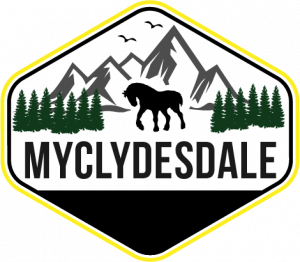Introduction
English dressage is an equestrian sport that involves precise movements and commands between a dressage horse and its rider. It is a graceful, beautiful art form that requires skill and dedication to master. In this post, we will discuss some tips and techniques that can help riders of all levels succeed in English dressage. From basic commands to more advanced training exercises, this post will provide you with the knowledge and tools you need to become a successful English dressage rider.
The History and Origins of English Dressage
English dressage has a rich history and fascinating origins that have shaped the sport into what it is today. The origins of dressage can be traced back to ancient Greece, where it was initially developed as a method of training horses for war. The techniques and movements were used to improve the agility, strength, and responsiveness of the horses in battle.
Over time, dressage evolved into a refined art form and became a staple of European equestrian culture.  It gained popularity among the aristocracy, who saw dressage as a symbol of elegance and sophistication. As a result, dressage became associated with high society and was performed in royal courts and grand exhibitions.
It gained popularity among the aristocracy, who saw dressage as a symbol of elegance and sophistication. As a result, dressage became associated with high society and was performed in royal courts and grand exhibitions.
In the modern era, dressage has become a highly competitive sport. It is now included in prestigious equestrian events such as the Olympic Games, where riders from around the world compete for gold medals. Dressage shows and competitions are held worldwide, offering riders the opportunity to showcase their skills and progress.
To participate in dressage, it is important to have the right equipment. English dressage tack, such as a dressage saddle and boots, are designed to facilitate proper form and movement. The dressage arena serves as the stage for performances, where riders execute specific movements and patterns according to predetermined tests.
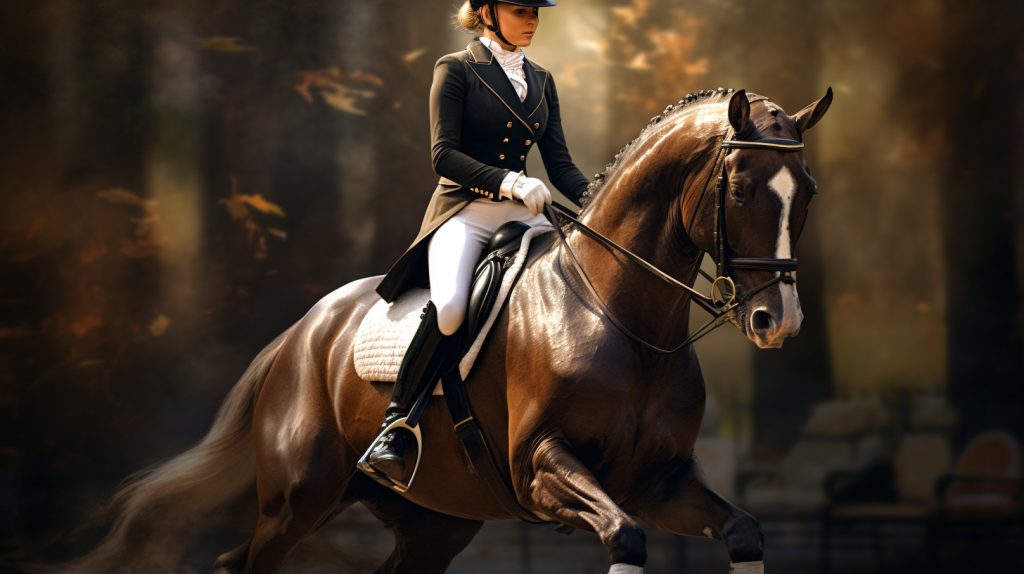
Understanding the Basic Principles of English Dressage
Understanding the basic principles of English dressage is essential for anyone looking to excel in this elegant equestrian discipline. At its core, English dressage is about the harmony and communication between horse and rider. It is a partnership built on trust, precision, and artistry.
One of the fundamental principles of English dressage is the correct and proper execution of various movements and patterns. This requires the rider to have a solid understanding of dressage tests, which are predetermined sequences of movements that riders must perform in competitions. These tests are designed to showcase the horse’s suppleness, obedience, and athleticism.
Another important principle of English dressage is the rider’s position and balance in the saddle. A balanced seat allows the rider to communicate effectively with the horse and provide clear and subtle cues. Dressage training focuses on developing the rider’s core strength, flexibility, and stability to maintain this position throughout the movements.
Consistency and precision are key principles in English dressage. Dressage training involves repetitive practice of movements to ensure that the horse understands and can execute them accurately. Attention to detail is crucial, as even the smallest of aids from the rider can make a significant difference in the horse’s performance.
Finally, a commitment to ongoing learning and improvement is a fundamental principle of English dressage. The sport is constantly evolving, with new techniques, exercises, and equipment being introduced. Dressage riders should always be open to expanding their knowledge and skills through regular lessons, clinics, and training programs.
Finding the Right Horse for English Dressage
Finding the right horse for English dressage is a crucial step on your journey to becoming a successful dressage rider. Your horse is your partner in this beautiful equestrian discipline, and their temperament, movement, and athleticism can greatly impact your performance in the arena. When searching for a dressage horse, it’s important to consider several factors.
Firstly, look for a horse that has natural movement and a willingness to learn. Dressage requires fluid and expressive gaits, so choose a horse with good conformation and natural ability. A horse with a balanced and elastic trot, a smooth and supple canter, and a powerful and engaged walk will be more suited to the demands of dressage.
Consider the horse’s temperament as well. Dressage requires precision and focus, so a horse that is calm, trainable, and willing to work will be a valuable partner. Look for a horse that shows an eagerness to learn and work with you, as this will make your training sessions more enjoyable and productive.
When it comes to size, choose a horse that suits your own height and build. You should be able to sit comfortably and maintain a balanced position in the saddle. Look for a horse with a good back length and a well-set neck, as these characteristics contribute to their ability to collect and engage.
It’s also important to consider the horse’s age and experience. Younger horses may require more time and training to develop the strength and suppleness necessary for dressage movements, while more experienced horses may have a solid foundation and be further along in their training.
Lastly, seek guidance from a knowledgeable dressage trainer or coach. They can help assess potential horses and provide guidance on what to look for in a dressage partner.
Building a Strong Foundation: Training Exercises for Horse and Rider
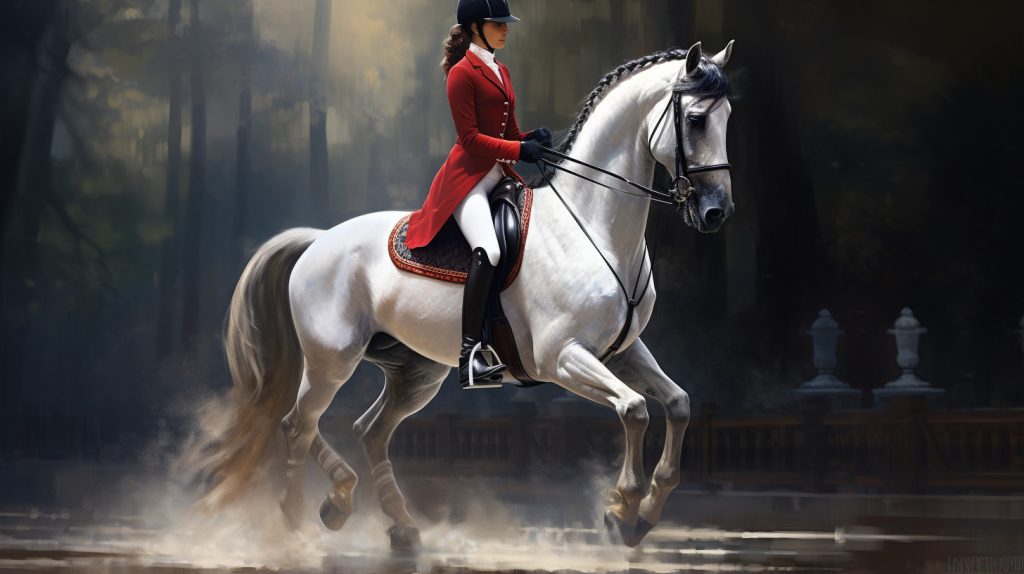
Building a strong foundation is crucial for both the horse and rider in English dressage. This phase of training lays the groundwork for success in the discipline and sets the stage for future progress. To establish this strong foundation, a variety of training exercises can be utilized.
One essential exercise is working on the horse’s suppleness and flexibility through bending and flexion exercises. This helps to improve the horse’s ability to execute lateral movements and maintain balance and harmony with the rider. Serpentines, figure eights, and circles are all excellent exercises for achieving this.
Another important aspect of foundation training is developing the horse’s engagement and collection. Exercises such as shoulder-in, haunches-in, and half-pass help to engage the horse’s hind end and encourage them to carry themselves with more self-carriage and impulsion. These movements also require the rider to have a solid position and effective aids, strengthening their communication skills.
It is also crucial for the rider to focus on their own training. Developing a strong, balanced seat and independent aids is key to communicating effectively with the horse. Working on rider exercises, such as two-point position, can help improve balance, leg strength, and stability in the saddle.
Consistency and repetition are key during this foundational phase. Regular practice of dressage tests, both at home and in the arena, helps both the horse and rider to become familiar with the movements and patterns. This repetition builds confidence and accuracy in executing the required elements.
Perfecting Your Position in the Saddle
Perfecting your position in the saddle is crucial for achieving success in English dressage. A correct and balanced seat allows for effective communication between you and your horse, enabling you to execute precise movements with grace and ease.
To perfect your position, start by focusing on your alignment. Sit tall with your shoulders relaxed and aligned with your hips. Your ear, shoulder, hip, and heel should all be in line, creating a vertical alignment that promotes balance and stability.
Engage your core muscles to maintain a strong and steady position. Your core acts as the center of balance, allowing you to move fluidly with your horse. Practice exercises off the horse, such as planks and Pilates, to strengthen your core and improve your stability in the saddle.
Pay attention to your leg position as well. Your legs should be relaxed and draped around your horse’s sides, with your heels down and toes pointing slightly forward. Avoid gripping with your knees, as this can create tension and interfere with your communication with your horse.
Maintaining soft and supple hands is also essential. Your hands should be steady, yet flexible, allowing for gentle and consistent contact with the horse’s mouth. Avoid pulling or jerking on the reins, as this can create tension and disrupt the harmony between you and your horse.
Finally, seek guidance from a qualified dressage trainer or instructor. They can provide valuable feedback and help you make adjustments to your position as needed. Regular lessons and practice sessions will further refine your position and improve your overall performance in the saddle.
Refining Your Skills with Advanced Techniques and Movements
Once you have mastered the basic principles of English dressage, it’s time to take your skills to the next level with advanced techniques and movements. This phase of training allows you to refine your performance and showcase your mastery of this beautiful equestrian discipline.
One way to refine your skills is by exploring advanced dressage movements such as flying changes, pirouettes, and piaffe. These movements require a high level of collection, balance, and precision from both the horse and rider. By practicing these advanced movements, you can improve your overall finesse and artistry in the dressage arena.
Another important aspect of refining your skills is staying up to date with the latest developments and trends in dressage. Attend clinics and workshops with top-level trainers and judges, who can provide valuable insights and feedback on your performance. Stay informed about changes in dressage tests and rules, as this knowledge is essential for competing at the highest levels.
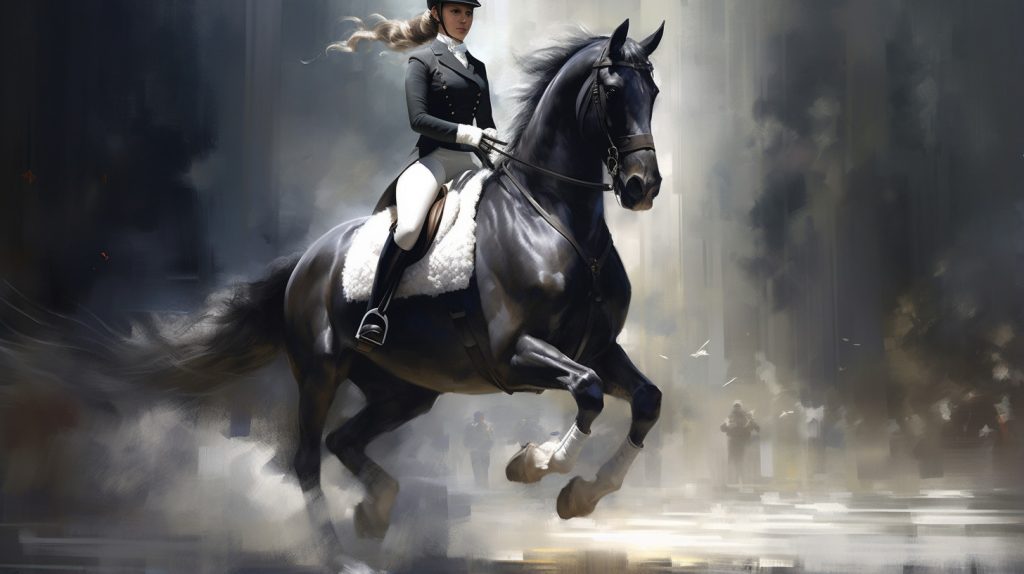
It’s also important to continue your own training as a dressage rider. Take lessons with experienced instructors who can help you refine your position, aids, and communication with the horse. Regular rider training exercises, such as lateral work and transitions, will help you develop a more effective and subtle connection with your equine partner.
Competing: Preparing for Shows and Evaluations
Competing in English dressage is an exciting and challenging endeavor. Whether you’re aiming for the dressage Olympics or local shows and evaluations, proper preparation is key to a successful performance. Here are some tips to help you navigate the world of dressage competitions.
or local shows and evaluations, proper preparation is key to a successful performance. Here are some tips to help you navigate the world of dressage competitions.
First and foremost, familiarize yourself with the various English dressage tests. Each test has specific movements and patterns that you and your horse must execute. Study the tests thoroughly and practice them regularly to ensure that you are comfortable and confident in performing them during a competition.
In addition to mastering the tests, it’s essential to have the right equipment. English dressage boots and a dressage saddle are essential for both comfort and correct positioning. Invest in high-quality equipment that fits you and your horse properly, ensuring optimal performance and minimizing any distractions.
Another crucial aspect of competition preparation is dressage rider training. Take regular lessons with an experienced instructor who can help you refine your position, aids, and communication with your horse. Practice rider-specific exercises, such as lateral work and transitions, to improve your connection and overall performance in the dressage arena.
Lastly, make sure to create a competition routine that works for you and your horse. Develop a warm-up plan that includes exercises and movements that help you and your horse feel confident and prepared. Arrive early on the day of the competition to give yourself ample time to settle in, warm up, and mentally prepare for your performance.
The Importance of Care and Maintenance for Your Dressage Horse
Taking care of your dressage horse is essential for their well-being and performance in the sport. Dressage horses are highly trained and have specific needs that must be met to ensure their health and happiness.
One important aspect of care is maintaining a proper diet for your dressage horse . Providing a balanced diet that is appropriate for their age, size, and activity level is crucial. Consult with a veterinarian or equine nutritionist to determine the best feeding plan for your horse. It’s important to avoid fads or trends in dressage horse nutrition and instead focus on providing a well-rounded and nutritious diet.
. Providing a balanced diet that is appropriate for their age, size, and activity level is crucial. Consult with a veterinarian or equine nutritionist to determine the best feeding plan for your horse. It’s important to avoid fads or trends in dressage horse nutrition and instead focus on providing a well-rounded and nutritious diet.
Regular exercise is another vital component of care for your dressage horse. Dressage horses require consistent and structured exercise to develop and maintain their fitness levels. This includes regular training sessions, turnout time, and conditioning exercises. Incorporating variety into their exercise routine can help prevent boredom and keep them mentally engaged.
Proper grooming and hygiene practices are also important for the well-being of your dressage horse. Regular grooming not only helps keep their coat and skin healthy, but it also provides an opportunity to check for any signs of injury or illness. Cleaning their hooves daily and scheduling regular farrier visits are essential for maintaining hoof health and soundness.
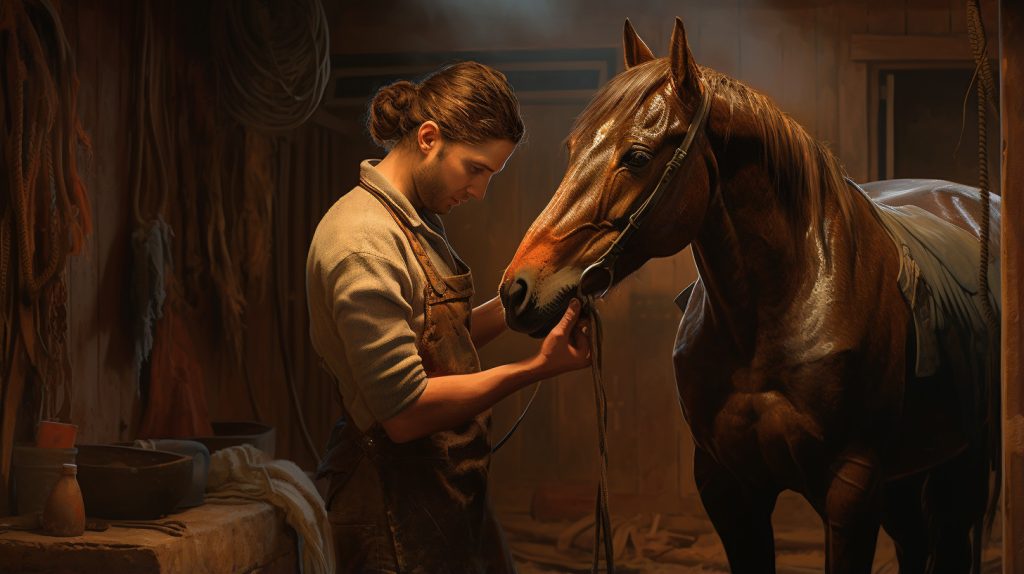
In addition to care and maintenance, providing your dressage horse with the right equipment is crucial. An English dressage saddle is specifically designed to provide proper support and balance for both the horse and rider. It’s important to choose a saddle that fits well and allows for freedom of movement. Regular saddle fitting checks should be conducted to ensure that the saddle continues to fit properly as your horse’s body changes.
Maximizing Performance with Proper Equipment
When it comes to English dressage, having the right equipment can make a significant difference in your performance. While the focus in dressage is on the harmony between horse and rider, proper equipment can maximize your performance and help you achieve your goals.
One key aspect to consider when choosing equipment for dressage is to avoid falling for fads or trends. It’s important to prioritize functionality over fashion. The dressage saddle is one of the most critical pieces of equipment, as it directly affects your position and communication with the horse. Invest in a high-quality dressage saddle that fits both you and your horse properly. A well-fitting saddle will provide the necessary support and balance, allowing you to move in sync with your horse.
Other equipment to consider includes dressage boots, a snaffle bridle, and appropriate clothing for both rider and horse. Dressage boots provide support and protection to your horse’s legs during training and competition. A snaffle bridle offers precise control and clear communication with your horse. And, of course, wearing comfortable and suitable attire can enhance your performance and presentation in the dressage arena.
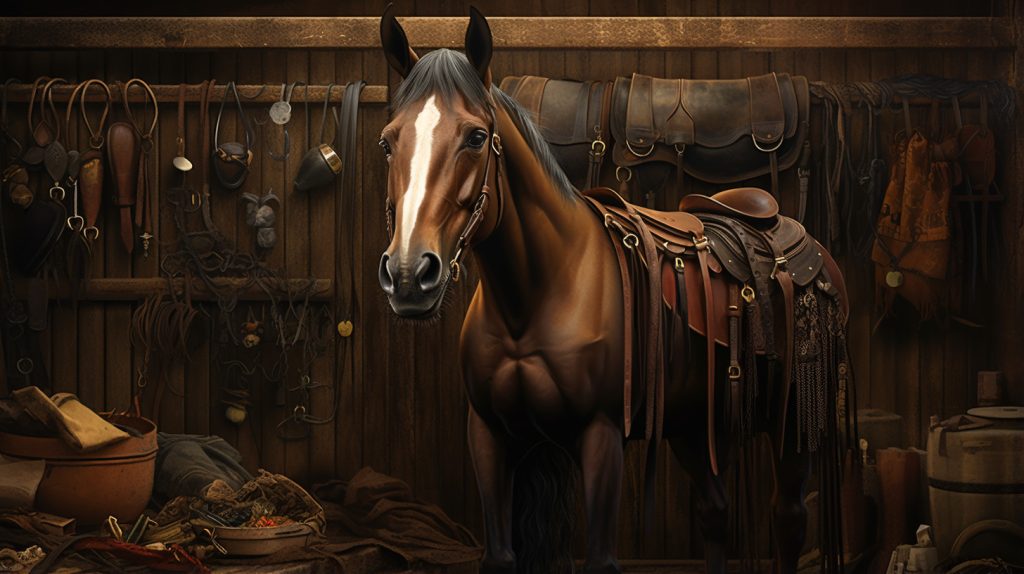
Conclusion
In conclusion, mastering English dressage is a journey that requires dedication, practice, and a deep connection between horse and rider. By understanding the history and origins of dressage, riders can appreciate the traditions and artistry that make this sport so captivating. The basic principles of English dressage, such as correct execution, rider position, consistency, and ongoing learning, provide the foundation for success.
Finding the right horse is crucial, as their movement, temperament, and athleticism greatly impact performance. Building a strong foundation through training exercises for both horse and rider is essential for progress. Perfecting your position in the saddle allows for effective communication and execution of precise movements. Refining skills with advanced techniques and movements pushes boundaries and showcases mastery. Competing in dressage requires thorough preparation, including familiarity with tests, proper equipment, and rider training.
Care and maintenance of the dressage horse are paramount for their well-being and performance. Finally, maximizing performance with proper equipment can make a significant difference. Avoid falling for fads and trends, and prioritize functionality and horse welfare. By following these tips and techniques, riders can embark on a successful journey in mastering English dressage, embracing the grace and beauty of this elegant equestrian discipline.
Therefore wheather you embark on the English dressage or Western Dressage as long as you enjoy it. See our last post on Western dressage here to make an informed decision.
Recent Posts
Introduction Are you looking to learn more about western dressage, the art of horse dressage? If so, you've come to the right place. In the previous blog we looked at Western vs English Dressage,...
Clash of Equestrian Cultures: Western vs English Dressage Complete Guide
Introduction The equestrian world is a diverse one, with many different styles of riding and cultures that are represented. One of the biggest clashes of cultures in the world of horses is between...
